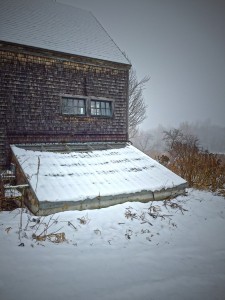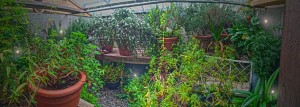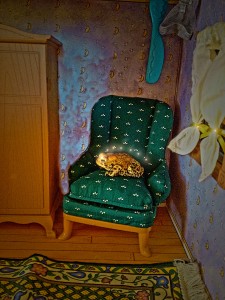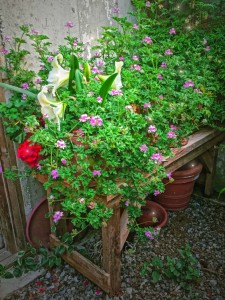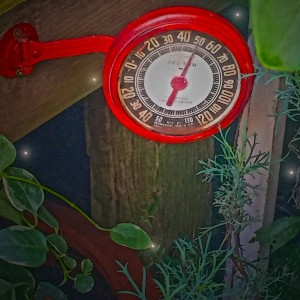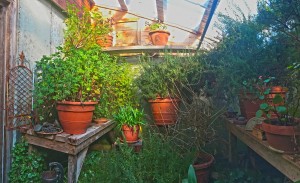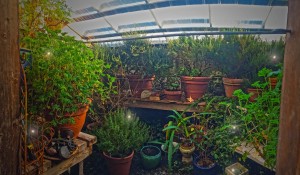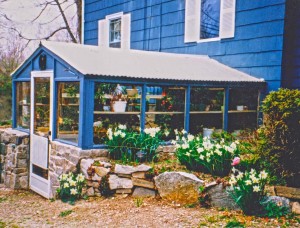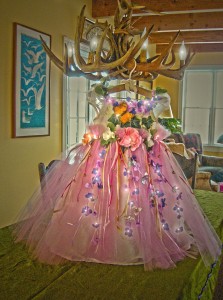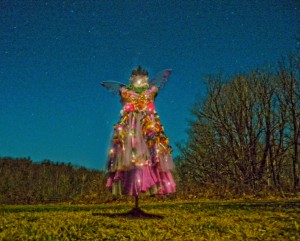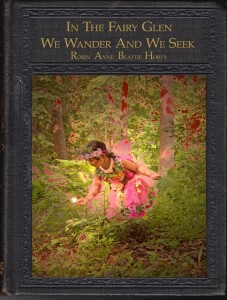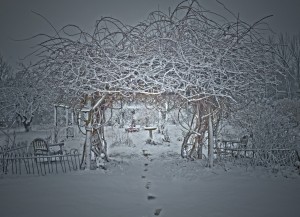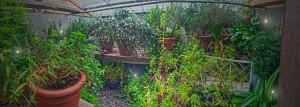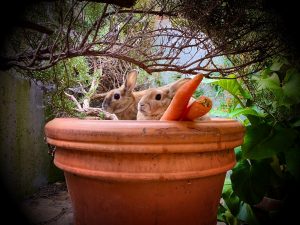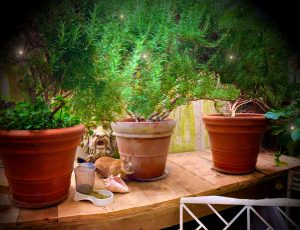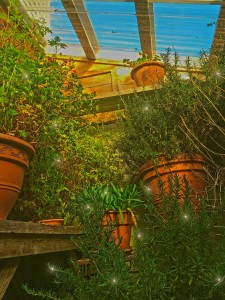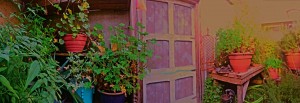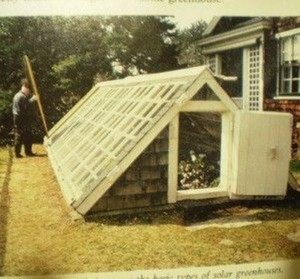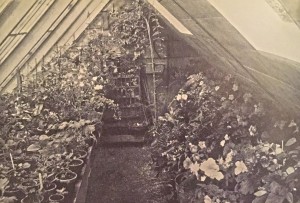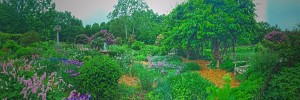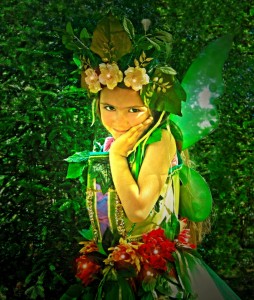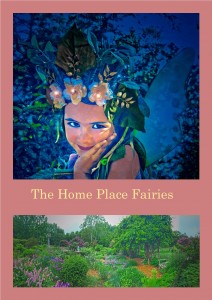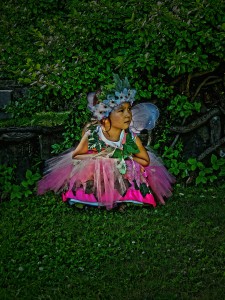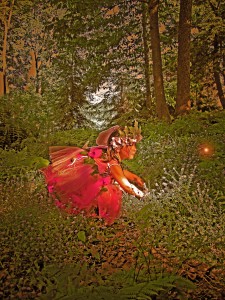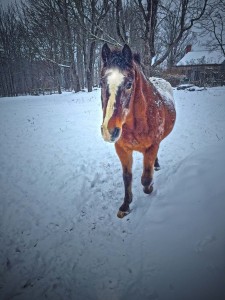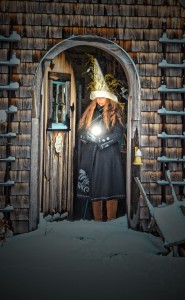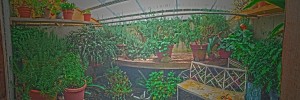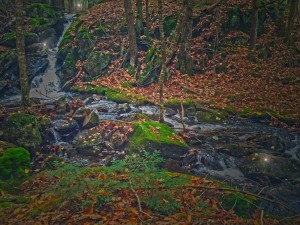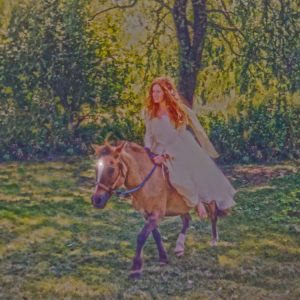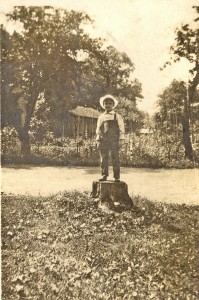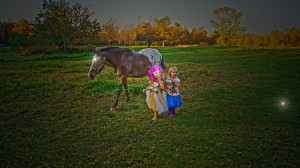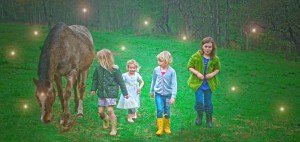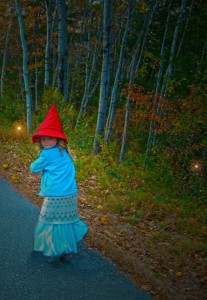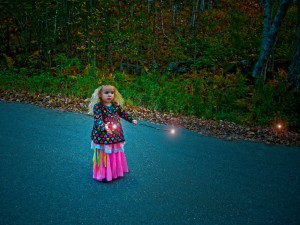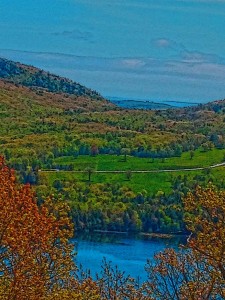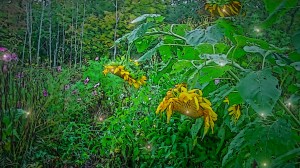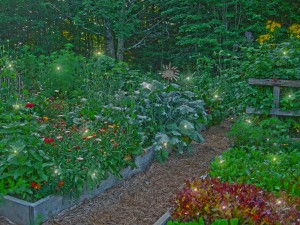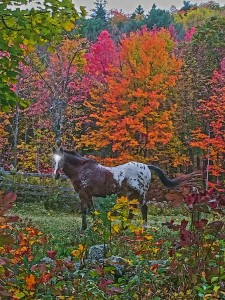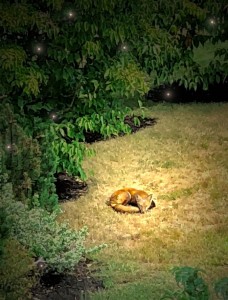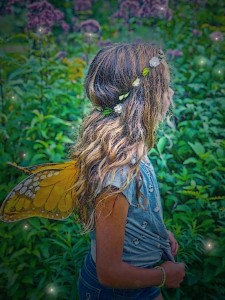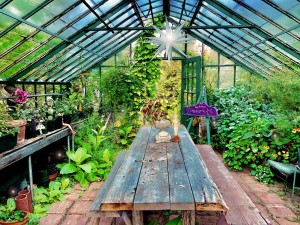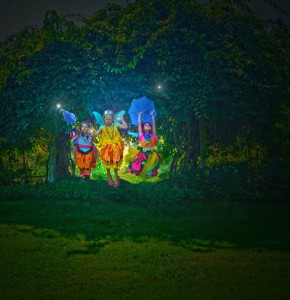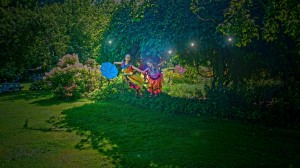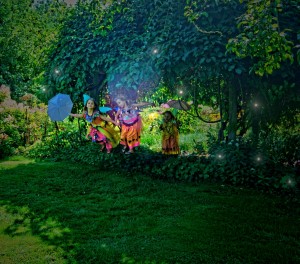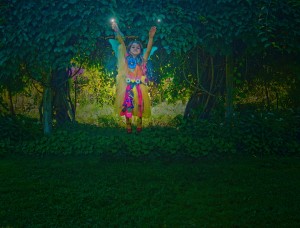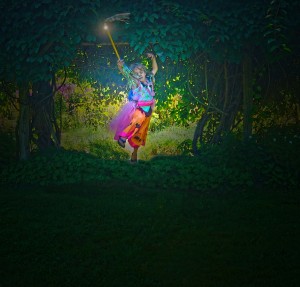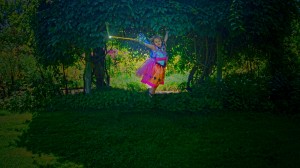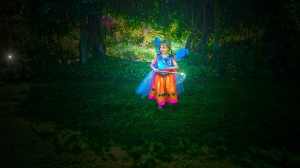Little Bit of Summer in the Pit House
Attached to our barn we have a pit greenhouse.
Our so called Pit House is a greenhouse buried 8 feet deep into the earth with a southern facing glass roof.
A wonderful haven where magic happens all year long.
Brunhilde Toad and her sister Trixie winter here, it is their version of the tropics.
Amaryllis flowers blossom among large pots of Rosemary and Scented Geraniums.
The earth banked sides retain solar warmth collected from the glass roof on sunny winter days.
Fairy Folk visit with me as I tend herbs on the warmest of the winter days. They sprinkle fairy dust about which encourages the plants to continue to sprout, blossom and grow.
Some of my favorite children visit with the fairies as they help water the herbs sparingly during the long cold winter months.
Spending an hour or two in this green and flowering little haven is truly magical, especially on a cold Maine winter day.
I come from a long line of gardeners who were friends with the fairy folk, and many of them had pithouses as well as above ground glass greenhouses.
Each generation in my family there have been individuals who were friends with the Fairy Folk.
And each generation has had their own Memory Keeper. I am the Memory Keeper for my generation. I am known as Seamstress to the Fairies.
I make fairy clothing for the wee folk as well as enchanted wearable gardens for human believers of the Fae.
I‘ve also been known to write a fairy tale or two.
In the winter when my gardens are asleep I enjoy spending quiet moments in my pit house enjoying the greenery and scent of herb flowers and warm rich earth on a snowy white day.
Cinnamon is a fairy happy bunny who spends the winter residing in the warmth and flora of our pit house along with his pal Toast.
Cinnamon and Toast are fairy small rabbits and very friendly, they tend to the winter pruning of my rather large Rosemary plants.
A little nibble here and a little nibble there, they keep these shrubs tidy and tame.
They also like to munch on tender little weeds who poke up through the sand and gravel floor.
Rosemary sparkled with fairy dust.
Here are some images of other pit greenhouses. They come in all sizes, but the concept is the same, each is a glass roofed structure nested snug into the warmth of Earth’s soil.
Spring is right around the corner.

